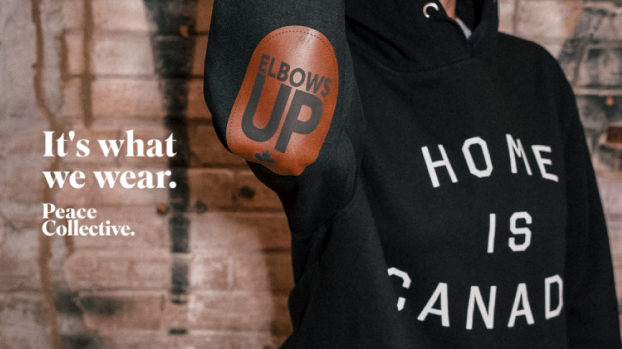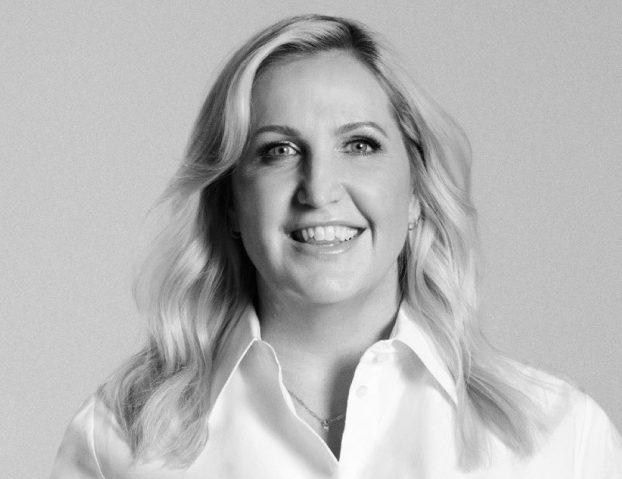
Chat bots have received a lot of hype for how they could potentially revolutionize the way brands and companies interact with consumers, but few have really stood out from the pack. While there may be value in a “bot” that simply delivers information and point-and-click menus in a different platform, that hasn’t matched the possibilities that have been built up.
Like any new platform, chat bots are a work in progress and it will take time before their capabilities are fully developed and consumers adopt them. Here are a couple recent examples that, even if they don’t blow your mind just yet, certainly show what could be coming very soon.
Domino’s gives its ordering bot an upgrade
Domino’s Pizza has emerged as an unlikely leader in the tech space in recent years. Since it turned heads with its Lions-winning “Emoji Ordering” system, it has brought similar easy ordering functions to other next-gen platforms, from smart watches and TVs to connected cars and homes.
Re-launched on Friday ahead of the Super Bowl, the updated version of the brand’s Facebook Messenger bot “Dom” still performs the same functions as when it first launched last year. Users who have an account with Domino’s and have set up their “Easy Order” – a pre-set favourite meal – can open a chat with Dom and place an order.
The big addition, however, is the fact that customers can now use Dom to place custom orders as well. By answering a series of questions Dom asks, customers have access to the QSR’s full menu and customization options. It also works whether a customer has a Domino’s account or not, and they can tell Dom their delivery address and phone number if one has hasn’t been registered already.
The one big drawback is that Dom is unable to process online payment, requiring customers to pay in cash for their delivery despite that fact that Facebook added transactions to Messenger last fall. The company has said, however, that it is looking into online Messenger transactions for the future, and that online payment is an option for take out orders placed through Messenger.
Custom orders are a logical but small addition to the bot, but it goes a long way to proving the potential bots have for e-commerce, especially in a situation like take out meals, where both personal taste and convenience are important to customers. The new bot also suggests that Domino’s may be testing similar capabilities for its other, bot- and AI-enabled platforms on Google Home and Amazon Alexa that currently only offer “Easy Order” as an option.
Slack
On Tuesday, PayPal announced the launch of its first payment bot through the messaging and productivity platform Slack. After the bot has been installed, users simply need to type a “/paypal” prompt and a user’s name to send them an instant peer-to-peer payment.
Slack already has more than two dozen bots that offer some form of payment or accounting service, but the PayPal bot is its first from a major provider.
The bots that get the most attention are the ones that interact with consumers through AI-powered conversations. However, the PayPal bot and hundreds of others that can be integrated into Slack show that there are also possibilities in bots that bring a brand’s services into the increasingly popular platform in a way that fits with its focus on productivity and ease-of-use.
That’s not to say Slack isn’t pursuing more advanced, AI-powered solutions for its platform. Two weeks ago, the Vancouver-based company unveiled its new New York office, which has expanded its team in the city from 10 to roughly 85 staff and has a particular focus on developing the company’s machine learning capabilities.
CoverGirl imitates an influencer
The name Kalani Hilliker might not mean much to you unless you have a teenager at home. But the 16-year-old model, dancer and reality TV star has over 3 million followers on Instagram, making her a prime candidate for being an influencer for a beauty brand like CoverGirl.
 On messaging platform Kik – which is particularly popular with younger consumers – users could chat with “KalaniBot,” a chatbot presented as a “robot that thinks she’s actually” Hilliker. KalaniBot analyzed Hilliker’s existing posts across all social media channels to best mimic her online conversational style, and got smarter as more fans interacted with it, learning situations when it would be appropriate to respond with things like GIFs and emojis.
On messaging platform Kik – which is particularly popular with younger consumers – users could chat with “KalaniBot,” a chatbot presented as a “robot that thinks she’s actually” Hilliker. KalaniBot analyzed Hilliker’s existing posts across all social media channels to best mimic her online conversational style, and got smarter as more fans interacted with it, learning situations when it would be appropriate to respond with things like GIFs and emojis.
Despite the effort that went into creating an authentic conversational style, the emphasis was mostly on practical topics. It offered things like information on CoverGirl products and access to deals and discounts based on what the user talked to bot about and their answers to its questions.
On top of delivering product info to young potential customers, the big deliverable from the bot was data, according to Justin Rezvani, founder and CEO of influencer marketing company The Amplify, in an interview with AdAge. It analyzed the engagement users had with the bot through metrics like conversation length, message sentiment and reactions to branded messages and links. That data is not only useful to the brand, but to companies like The Amplify as it pursues bots people actually want to chat with in the future.























